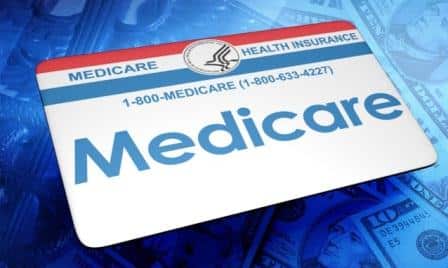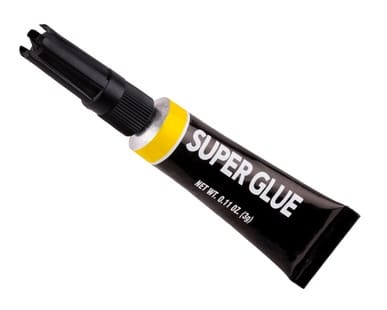
Restless Leg Syndrome and Varicose Veins
What is Restless Leg Syndrome
Restless leg syndrome (RLS), also called Willis-Ekbom disease (WED), is a common sleep-related movement disorder characterized by an unpleasant urge to move the legs. Symptoms often occur during periods of inactivity; particularly in the evenings. This urge to move is sometimes relieved by moving ones legs. During sleep, most patients’ limb movements, called periodic limb movements of sleep (PLMS), can wake the person from sleep. Common symptoms of restless leg include: need to move, a sensation of crawling, tingling, restless, leg cramping, leg pain, leg discomfort, and leg itching. (Similar terms have been used when patients describe symptoms associated with venous disease or varicose veins.)
Cause of Restless Leg Syndrome
The cause of restless legs syndrome remains poorly understood. Some studies have identified nervous system abnormalities in patients with the disorder. The most common conditions associated with RLS include: iron deficiency, renal failure, neuropathy, spinal cord issues, pregnancy, and multiple sclerosis. Antihistamines, antipsychotic medications, and many anti-nausea medications, and certain antidepressants can make symptoms of RLS worse.
Varicose Veins and Restless Leg Syndrome
The importance of discussing restless leg syndrome on a lower extremity vascular website is that there are conditions which mimic restless leg syndrome. Venous insufficiency, which mimics symptoms of restless leg syndrome, also exacerbates (worsens) symptoms of true RLS.
Treatment for Restless Leg Syndrome
Currently a curative treatment does not exist for restless leg syndrome. There are certain medications on the market intended to minimize or mask symptoms. However, if you have symptoms of night leg cramps, numbness, burning, leg fatigue, leg heaviness, and/or ankle swelling, you may have venous disease. Venous insufficiency is managed with in office procedures. Symptoms improve quickly after intervention, and the majority of activities can be resumed within hours.
The best way to rule out Venous Disease for Restless Leg Syndrome is to come in for an Ultrasound Exam and Consultation. If you find your discomfort is being caused by venous insufficiency, you'll be extremely glad that you did come in...if not....there's one more thing that can be ruled out!
Question & Answer 5 weeks post-EVLT, veins along my inner thigh have turned brown, and one spot is slightly red. Is this normal? Question: It’s my 1st week in Vietnam and I’m here for an additional two-and-a-half weeks. My doctor closed up a vein in my groin area 5 weeks ago. I’ve just noticed on…
Read MoreQuestion: I am 20 years old with a history of undiagnosed autoimmune disease, which is currently in an acute flare. After suffering from a case of phlebitis in greater saphenous vein of the right leg for two months, I was just recently diagnosed with venous insufficiency in both the greater and smaller saphenous veins of…
Read MoreQ & A Pregunta: ¿Qué cubre el seguro, estoy en Medicare con un suplemento. Respuesta: Medicare con un suplemento cubre las visitas a la oficina, los ultrasonidos y las intervenciones necesarias, típicamente al 100%. Por lo general, no hay un gasto de bolsillo asociado con el tratamiento en la oficina.
Read MoreQ & A Question: What do insurance cover, I am on Medicare with a supplement. Answer: Medicare with a supplement covers the office visits, necessary ultrasounds and interventions, typically at 100%. Usually there is not an out of pocket expense associated with in-office treatment.
Read MoreQ & A Pregunta: ¿Cuál es el costo promedio si tiene varices en una pierna y arañas vasculares en la otra? Respuesta: la mayoría del tratamiento de las venas varicosas, si es médicamente necesario, está cubierto por el seguro. Los costes del tratamiento de la vena de la araña varían dependiendo de la cantidad de…
Read MoreQ & A Question: What is the average cost if you have varicose veins in one leg and spider veins in the other? Answer: Most varicose vein treatment, if medically necessary, is covered by insurance. Spider vein treatment costs vary depending on the amount of veins present, if the insurance will cover them (medically necessary) and…
Read MoreVenaSeal El último tratamiento para las varices puede parecer que es directamente de una película de ciencia ficción, pero la sustancia utilizada para cerrar las venas anormales, pegamento del cianocrilato, se ha utilizado en procedimientos médicos y cirugías por décadas. ¡ Créalo o no, el pegamento del cianocrilato se ha utilizado los procedimientos desde 1949,…
Read MoreVenaSeal The latest treatment for varicose veins may seem like it is straight out of a science fiction movie, but the substance used to close off abnormal veins, cyanoacrylate adhesive, has been used in medical procedures and surgeries for decades. Believe it or not, cyanoacrylate adhesive has been used procedures since 1949, and other types…
Read MoreAlgunos buenos consejos generales fueron recientemente compartidos por el Consejo de salud de Estados Unidos sobre varices y arañas vasculares. Hay algunos puntos adicionales que deben ser considerados cuando se discute la salud venosa. Con respecto a lo que hay que recordar; es importante mantener una hidratación adecuada. Al hacerlo, se fomentará un flujo sanguíneo…
Read MoreSome good general advice was recently shared by U.S. News Health Tip regarding varicose and spider veins. There are a few additional points that should be considered when discussing venous health. Regarding do’s and don’ts to remember; it is important to maintain adequate hydration. In doing so, one will encourage healthy adequate blood flow thereby…
Read More






